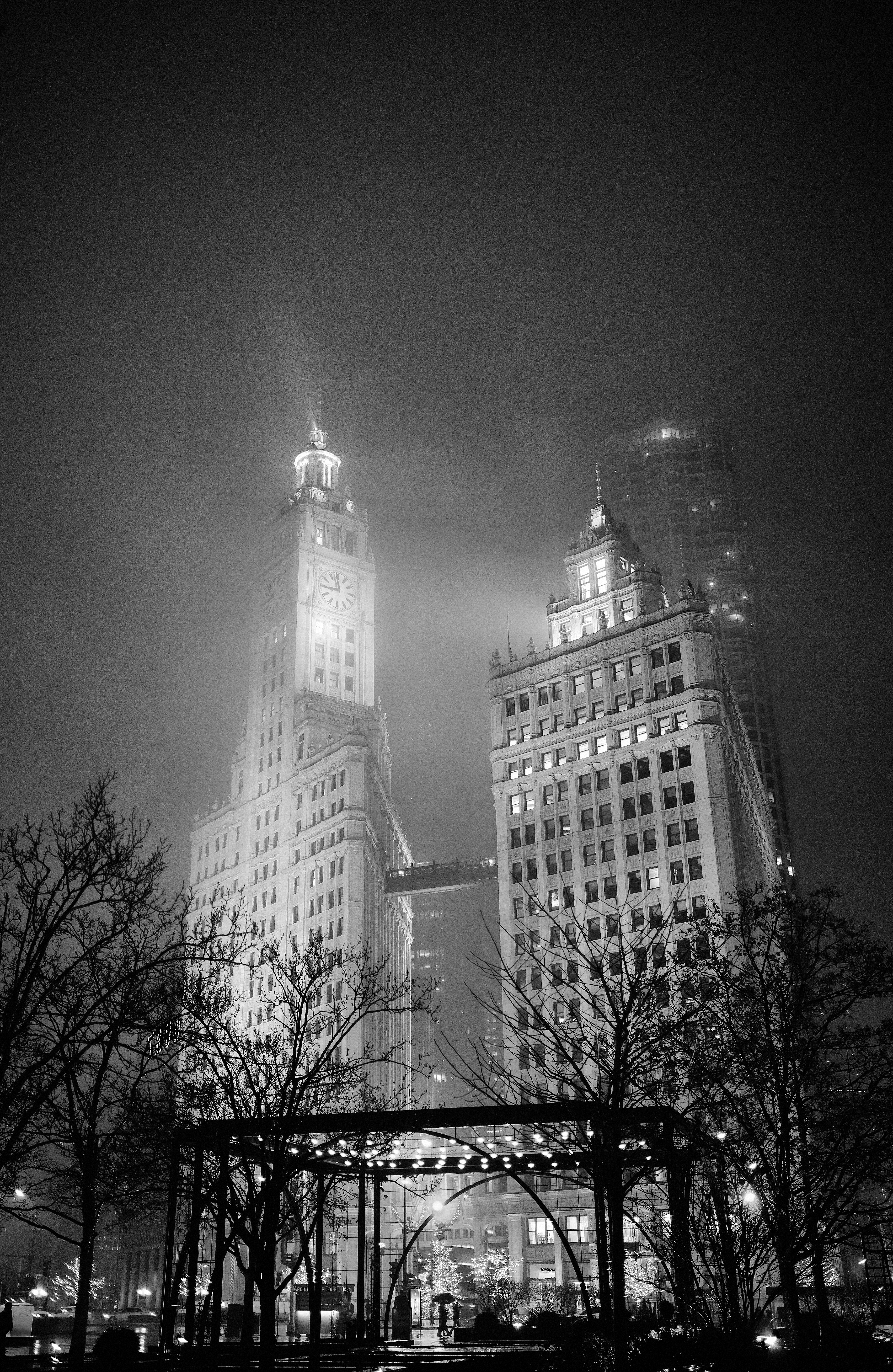Listening
I gotta tell you: I’m not big on concerts. I love music, but the idea of spending a huge amount of money to go stand in a crowd and maybe see a band I like doesn’t really appeal to me (except for a handful of exceptions). Maybe I’m just too much of a loner. Even worse is the live album; I’m hardly someone who yearns for “clean production” in my music (you should see how many black metal albums that sound like they were recorded on one microphone in a shed I have in my music library), yet I never want to get the shadow of a concert I didn’t even see.
Of course, I’m not out on all live music; there are some things you can only get live. I’ve had awesome concert experiences. I’d never know how funny The Bad Plus is had I not seen them when I was still in high school. I cried a little seeing Thou live in a tight little venue here in Chicago, right after Inconsolable came out. I saw Sunn O))) play in an ornate church, which was as awesome as it sounds. One of my favorite memories of being in college is walking down to Lincoln Hall by myself to see the first US show from mouse on the keys one late Winter night.
I’m late to them, but I finally got around to listen to Black Country, New Road earlier this year. It might’ve simply been the first song I heard from them, but I became transfixed with “Haldern.” The beautiful instrumentation, the haunting lyrics; all invited a closer look. It’s not that their music is evasive, but there’s something enigmatic about it. What did some city in Germany have to do with anything, anyways? So I looked it up, and learned the song rose from a performance at the Haldern Music Festival, in 2020, held in a studio and live-streamed to viewers abroad. And you can watch the video:
It’s an incredible video. I was first struck by how young they all are; just babies (the band’s lead wears a tan graphic tee tucked into Carhartt jeans, keys on a carabiner slipped into back pocket; he looks like he wandered right out of Logan Square)! But more incredible is watching them create something on the spot.
Black Country, New Road is a big ensemble; at least violin, piano, and sax accompany guitars, drums, bass. So I was especially shocked that something so powerful, so enigmatic could come from what’s basically a jam session. A few players stick their necks out, dipping their toes in the water of the collective music they’re discovering together. What about this as a motif? they seem to ask one another. The saxophonist plays a line—the violinist follows. But what’s most incredible to me is the level of attention they’re giving one another. Deeply focused, watching, listening, and when the time is right, responding. You can feel their jazz sensibilities rise to the surface. Even the band’s (former; nothing happened, he just got burned out on the pressure) lead makes an attempt, putting words to the sounds that are developing. And suddenly, like someone emerging from the mist, you realize you’re listening to a song. Finally, after balancing around a point, they suddenly tip towards the same end, everything clicking into place. I’m sure they’d played around with these motifs, lyrics, lines, rhythms all before. But something is created; it’s incredible to watch it happen. And all of it comes from listening, and responding.
I think this mode works particularly well in music. I grew up casually playing music, though my experiences jamming were extremely limited; something I wish I did more of, in hindsight! But I think a lot if not most art has a similar equivalence. I saw another video lately of two people in a dance class dancing together for the first time: they literally feel each other out, see what parts of the music their partner responds to, how they can elevate that, responding directly to each others moments.
I’ve been thinking about this and how it might apply or not apply to writing and photography, as you might expect. Of course, in largely solo mediums (as I generally practice them), it’s a bit less direct, yet the comparison is clear. There’s a certain rhythm to street photography. You wander the streets, following the light, the crowd, your moods. You have to respond to what’s happening in the moment, figure out how best to leverage the light, the composition, the scene you’re presented with. The same is true with writing. I don’t see it exactly the same way he does, but Saunders talks about the way the narrative narrows through the process of writing. Anything could happen on the blank page. If I sit down and type, “The water lapped against her pale legs,” in general, that has added specificity and direction to the story; it would be weird if next I wrote a sentence about a polar bear and never came back to the beach. Matt Bell talks about this too; when you’re stuck, try looking back at what you’ve written so far. Where is it leading you? How can you respond to what’s there? Hell, I think criticism is the same way. It’s not really important what you expected from a book. The text becomes it’s own rubric by which to assess it.
I think no matter what medium I’m in or attempting, I aspire to that level of focus, attentiveness, and care that Black Country, New Road so expertly showcases. What you’re noticing can be part of the story. You probably already have everything you need, you just have to pay close attention. That’s where the magic is.

